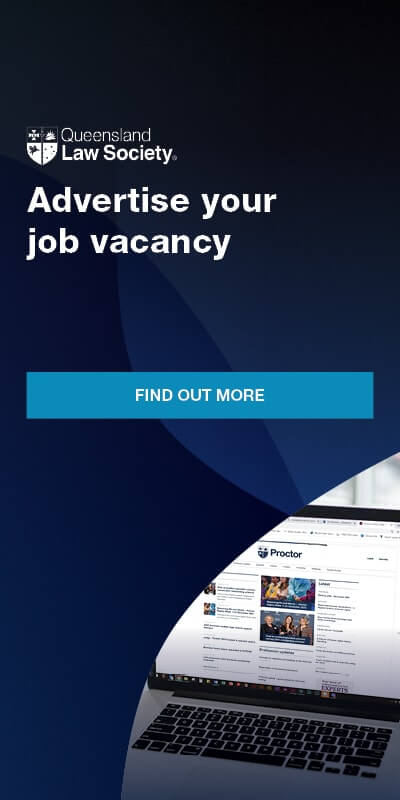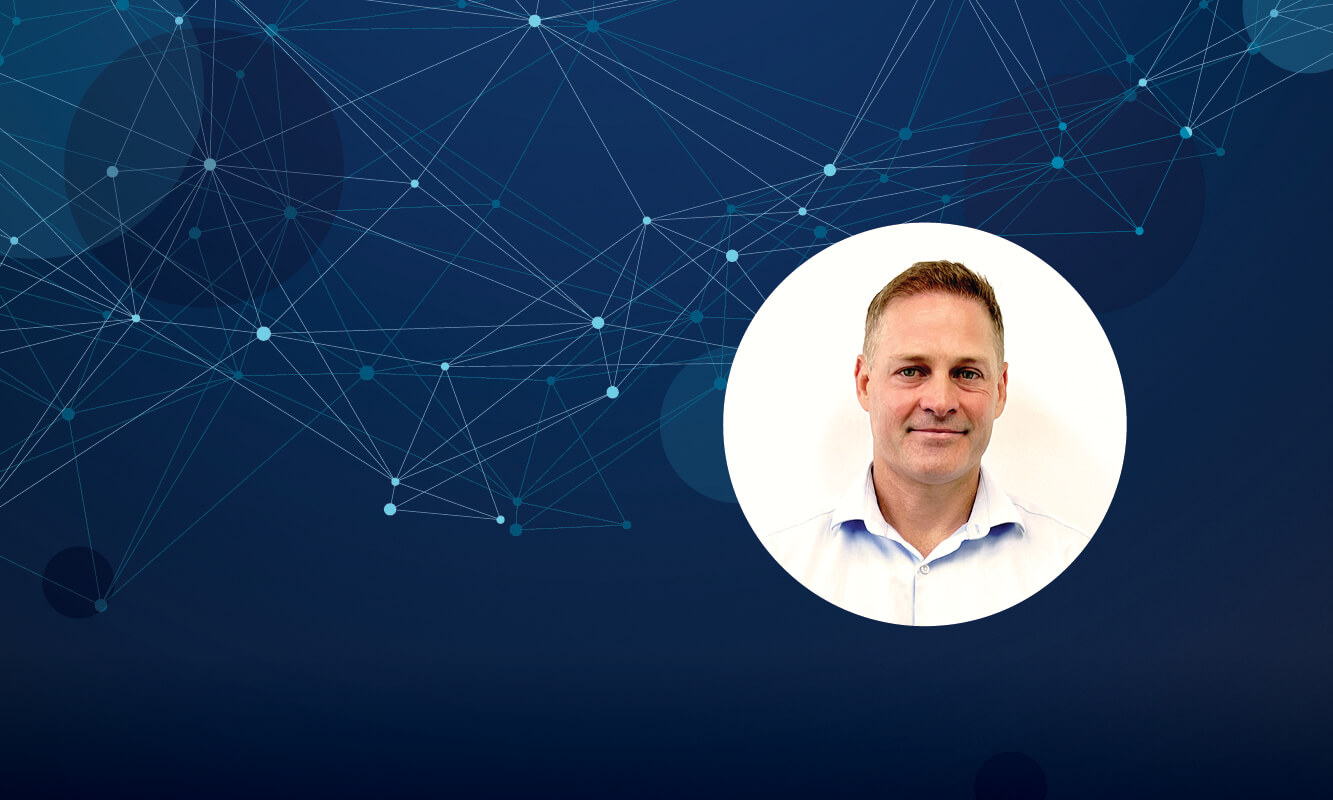Global research is being undertaken into work addiction.1 It is recognised by health institutions and governments around the world that mental wellbeing in the workplace is an important issue.
Sixty countries are involved in the research which involves a major survey of workers worldwide. Lead researcher, Polish behavioural addiction expert Pawel Atroszko, explains work addiction is a compulsion to work and affects up to one in five workers. It is more prevalent than gambling or video gaming.
Doctor Rachael Potter from the University of South Australia is leading the research in Australia.2
Dr Potter explained this is the first international project looking at work addiction to try to define and validate it as psychological condition in its own right. It is more than just a personality trait. Lawyers are at a higher risk of work addiction due to high work demands.
The main differences between work addiction and working hard, is when it tips over to be an obsession. There is compulsion to work and there are no boundaries in place between work and other aspects of life. It is all you can think about, and it is wrapped up in your identity.
What are the symptoms of work addiction?
Some symptoms of work addiction include:
- Thinking constantly about work
- You work to forget about other problems
- You have been told by others that you work too much
- You feel stressed if you are unable to work
- You prioritise work over other hobbies, such as spending time with family and social activities
- Work affects your sleep and diet.
Work addiction can spiral out of control and lead to the more serious problem of burnout, which is an occupational disease recognised by the World Health Organization. Work addiction is the precursor to burnout.
What can we do about work addiction?
To deal with work addiction, there needs to be steps taken at an individual level, an employer level, and at a national level.
At an individual level, some strategies for the employee include:
- Be aware that it is a problem.
- Talk to your employer and reset the expectations by explaining to them the changes you are trying to make and why you need them. There is mutual benefit for a workplace to ensure their staff are well and healthy. For example, you can suggest that for one month, you will not be available after 5pm. The reasons are you need time to reset and improve your own wellbeing so you can be more productive in the long term. Suggest a timeframe to discuss the arrangement again.
- Enforce work boundaries such as turning off notifications after work times.
- Mindfulness strategies have been described as ‘extremely valuable’ to breaking work addiction. These strategies are also promoted by the World Health Organization.3
- Speak to family, friends, or colleagues – other people may be going through similar circumstances.
- Strive for efficiency and not perfection. You can start this by scheduling the tasks you need to do and how long it should take. If it takes longer, consider why.
- Step back to gain perspective, reflect, and redefine your success to include the quality of your relationships, engagement in communication, and your wellbeing, and not your status at work.
- Make a conscious decision to spend time with your family, friends, or community by creating a schedule which includes activities other than work.
- Lifestyle modifications such as prioritising sleep and diet.
- Reduce caffeine.
- Do not overcommit – it is okay to say that you are not available.
- Work smarter and not harder.
- Declutter and reorganise your workspace – clear space, clear mind.
- Take time off work.
- Consider whether a change in role, career, or firm is necessary.
- Digital detox – do other things instead such as resting, going for a walk, calling a friend, reading a book, making a healthy meal, or spending time with your family. Only use your phone for a purpose and not to kill time.
If work addiction is more progressed, therapeutic approaches are available by speaking to a professional.
At an employer level, firms can:
- Lead by example – take time off yourself and let employees know when you are unavailable.
- Encourage employees to take leave entitlements.
- Invite feedback and offer regular check-ins.
- Educate employees about work addiction and help them identify the symptoms.
- Put in writing a policy about work-life balance and give employees a process to discuss arrangements.
- Offer flexible roles.
- Do not contact employees during their lunch breaks or after hours unless it is critical.
- Consider whether any tasks need to reallocated to make the most efficient use of the firm’s resources.
- Consider whether more staff are needed or whether processes can be improved or automated to reduce the workload.
- Plan ahead as much as possible to avoid urgent tasks.
At a national level, on 9 March 2023, the Senate Select Committee on Work and Care released its final report which includes sweeping recommendations for a whole of government response to address balancing work and care for employees.
These includes recommendations to:
- Legislate a right for employees to disconnect outside work hours;
- Request the Fair Work Commission review the 38-hour working week; and
- Trial a four-day work week in diverse sectors and geographical locations.
The right to disconnect means employees are not required to check their work phone or emails after hours. This concept has gained popularity in other countries such as France and Germany with similar laws already having been passed. It will be interesting to see how this progresses in Australia.
Overall, the more that work addiction is recognised as a condition, then the less shame employees will have in coming forward and seeking help. In the long term, this means greater productivity for employers and a happier and healthier working Australia.
Amy Soong is Legal Practice Director at Ashworth Lawyers and a member of the Queensland Law Society Wellbeing Working Group.
Footnotes
1 https://workaddiction.org/
2 https://people.unisa.edu.au/Rachael.Potter
3 https://apps.who.int/iris/bitstream/handle/10665/331901/9789240003910-eng.pdf













Share this article